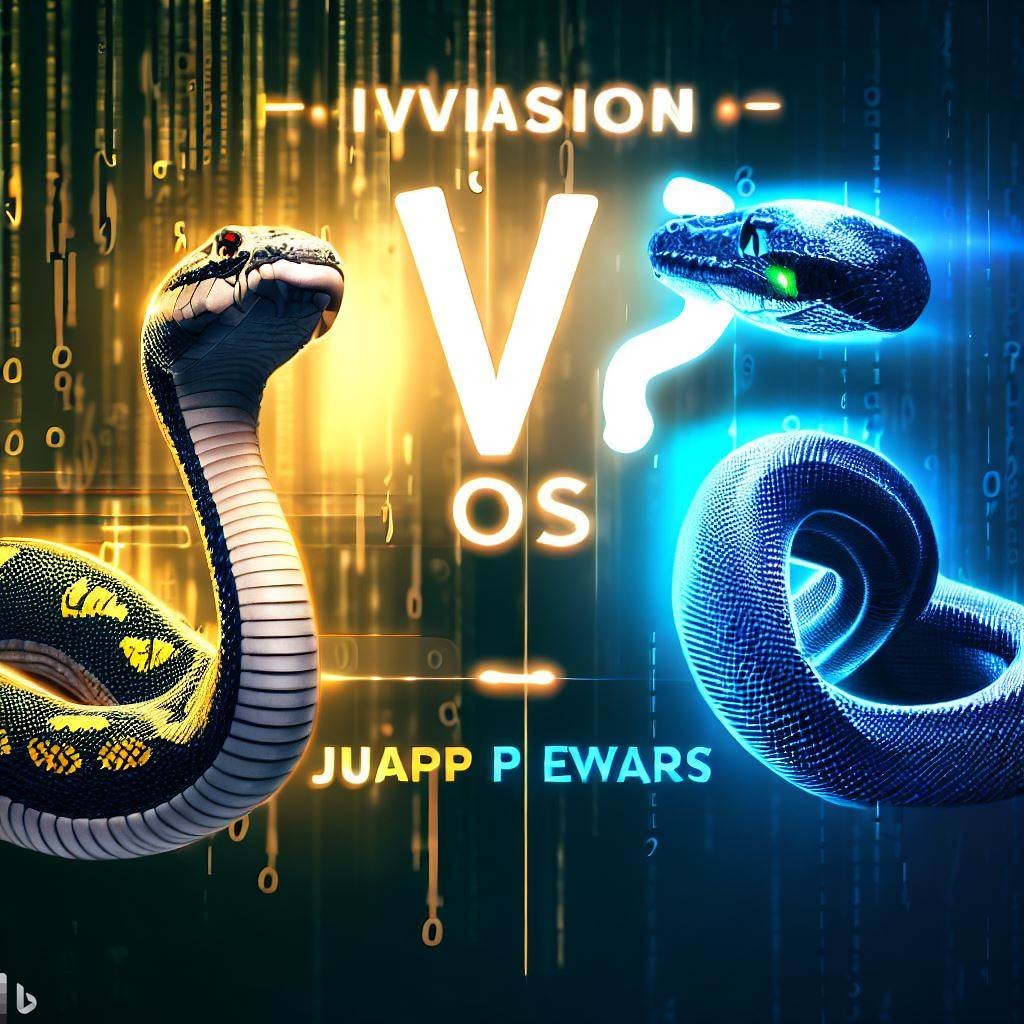


Java and Python are both excellent choices for a beginning programmer. You really can’t go wrong by choosing either one. Here are some things these languages have in common. Both are popular and in high demand.Both are open source and don’t require a paid license to use for developers. In the case of Java, if you use the official Oracle Java version, there may be a fee for commercial use payable by your customer/employer when deploying your Java application. However, there are free runtime versions available from multiple vendors as well. You can get started coding in either language today as long as you have an internet connection to download the installation files and a computer that runs Windows, OS X, or Linux.The two languages do have their differences, and developers sometimes prefer one or the other for various reasons. Below is a discussion of those reasons, with hopefully enough information to help you decide which language is the one for you.
Example 1: Syntax differences Show how Java and Python have different syntax rules and how they affect the way you write code. For instance, Java is a compiled and statically typed language, which means it requires more code, semicolons, and data type declarations, but it is faster and easier to debug than Pythonhttps://www.coursera.org/articles/python-vs-java. Python is an interpreted and dynamically typed language, which means it has less code, no semicolons, and flexible data types, but it is slower and less intuitive than Javahttps://www.coursera.org/articles/python-vs-java. Compare the code snippets for adding two numbers and printing the result in both languageshttps://www.guru99.com/java-vs-python.htmlhttps://www.codecademy.com/resources/blog/python-vs-java/.
• Example 2: Use cases Show how Java and Python have different use cases and how they suit different types of applications. For instance, Java is widely used in web development, big data, and Android app development. It has also been gaining traction when used in cloud development and the Internet of Things (IoT)https://www.coursera.org/articles/python-vs-java. Python is widely used in data science, machine learning, artificial intelligence, and scripting. It has also been popular for web development and game developmenthttps://www.coursera.org/articles/python-vs-java. Compare the examples of projects made with Java and Python in these domainshttps://www.guru99.com/java-vs-python.htmlhttps://www.codecademy.com/resources/blog/python-vs-java/.
• Example 3: Learning curve and readability Show how Java and Python have different learning curves and readability levels and how they affect your learning experience. For instance, Python is more suitable for beginners, as it has a simple and English-like syntax and a large number of tools and librarieshttps://www.guru99.com/java-vs-python.html. Java is more suitable for experienced developers, as it has a specific goal of allowing developers to write once run anywherehttps://www.coursera.org/articles/python-vs-java. Compare the ease of understanding and writing code in both languageshttps://www.guru99.com/java-vs-python.htmlhttps://www.codecademy.com/resources/blog/python-vs-java/
0 comments